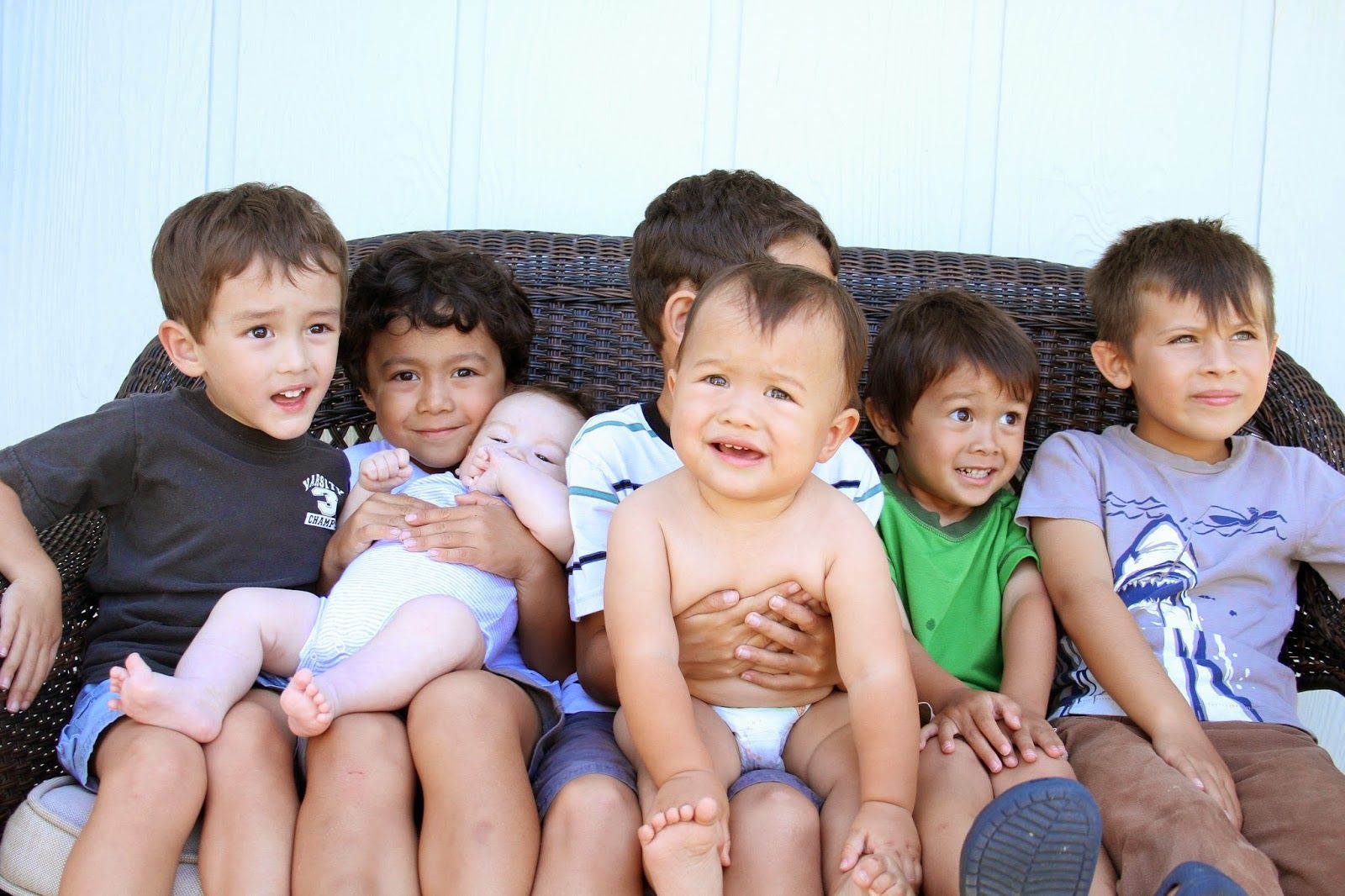Empowering Parental Guidance and Effective Strategies for Safeguarding Children in the Digital Landscape
Digital Safety: Protecting Children in an Online World
In today’s digital age, the internet has become an integral part of our lives, offering a wealth of information, education, entertainment, and social connection. For children, online spaces provide exciting opportunities for learning and exploration. However, this expansive digital environment also poses significant risks, making it essential for parents and guardians to understand the importance of digital safety. Protecting children in an online world is not just about monitoring usage; it's about instilling a mindset of awareness and responsibility toward digital interactions.
Understanding the Digital Landscape
The digital landscape is constantly evolving. With the rise of smartphones and tablets, children are exposed to the internet at increasingly younger ages. According to research from Common Sense Media, 50% of children aged 8 and younger have access to a tablet, and digital literacy is becoming as critical as traditional literacy. This digital connection opens doors to educational content and creative expression. However, it also exposes children to potential online dangers, such as cyberbullying, inappropriate content, and online predators.
To protect children effectively, it’s essential to understand the various facets of the online world, including social media platforms, online gaming, and video-sharing sites. Each of these spaces comes with its own set of challenges and potential threats.
Common Online Threats
1.Cyberbullying: One of the most prevalent dangers children face in the digital world is cyberbullying. Unlike traditional bullying, which can occur in physical spaces, cyberbullying can follow children everywhere. It can manifest through mean comments, spreading rumors, or sending threatening messages through social media and messaging apps.
2.Inappropriate Content: With just a few clicks, children can encounter explicit content or material that is inappropriate for their age. This includes violence, graphic images, and adult themes, which can deeply impact emotional and social development.
3.Online Predators: The anonymity of the internet provides a cover for predators who may seek to exploit children. These individuals often use social media and chat rooms to groom their victims, making it crucial for parents to be vigilant.
4.Privacy Violation: Many children may not understand the importance of protecting their personal information. Sharing locations, personal details, or even photos can lead to privacy violations and risks.
Best Practices for Digital Safety
1. Open Communication
Establishing open lines of communication with children is perhaps the most effective way to ensure their safety online. Encourage them to share their online experiences, including who they talk to and what they do. Regularly discussing internet safety helps children feel comfortable approaching parents with any concerns or issues they encounter.
2. Education and Awareness
Educating children about the potential risks of the digital world is crucial. Teach them to recognize harmful behavior, such as cyberbullying, and what to do if they encounter it. Additionally, help them understand the difference between healthy and unhealthy online relationships.
3. Set Boundaries
Establishing rules for internet usage is imperative. Set clear guidelines regarding which websites are appropriate, how much time they can spend online, and the types of content they can access. Tools like parental controls can assist in monitoring and limiting exposure to unsuitable content.
4. Privacy Settings and Security Measures
Teach children to use privacy settings on social media platforms. Ensure that their accounts are set to private, limiting who can view their content. Discuss the importance of strong passwords and not sharing personal information, such as addresses, phone numbers, or school names.
5. Encourage Critical Thinking
Help children develop critical thinking skills that encourage them to question the information they come across online. Discuss scenarios where they might encounter misinformation or potentially harmful content, equipping them with the tools to recognize and avoid such pitfalls.
6. Promote Positive Online Behavior
Model positive online behavior by being respectful and responsible in your digital interactions. Encourage children to treat others the way they would like to be treated, fostering a sense of empathy and kindness in their online communications.
Fostering Digital Literacy
Digital literacy is the ability to navigate, evaluate, and create information using digital technology. Teaching children these skills is vital in today’s digital landscape. Educational resources and programs can help instill digital literacy in young minds, enabling them to engage with technology safely and responsibly.
1. Engage in Practice
Encourage children to engage with technology in constructive ways, such as coding, blogging, or creating digital art. These practices not only enhance their skills but also provide a safe channel for creative expression.
2. Explore Interactive Learning Tools
Utilize interactive educational tools and platforms that promote learning while allowing children to engage with their peers. This type of engagement can be a safer alternative to unmonitored social media interactions.
The Role of Schools
Schools play a vital role in promoting digital safety for their students. Implementing digital citizenship programs can educate students about appropriate online behavior and the consequences of cyberbullying and other issues. Collaborating with parents to extend the conversation about digital safety beyond school into the home environment further strengthens the effectiveness of these initiatives.
Conclusion
As the digital world continues to evolve, protecting children online is more critical than ever. By fostering open communication, educating children about risks, setting boundaries, and promoting digital literacy, parents and guardians can help their children navigate the online landscape safely. Digital safety is not necessarily about restricting access but empowering youth to use technology responsibly. By equipping them with the knowledge and skills needed to thrive in an online world, we can ensure that their digital experiences are both positive and safe.
Ultimately, the goal is to create a generation of digitally savvy individuals who can engage with technology responsibly, understanding its vast potential while recognizing and mitigating its inherent risks. Together, we can shape a safer digital future for our children.










